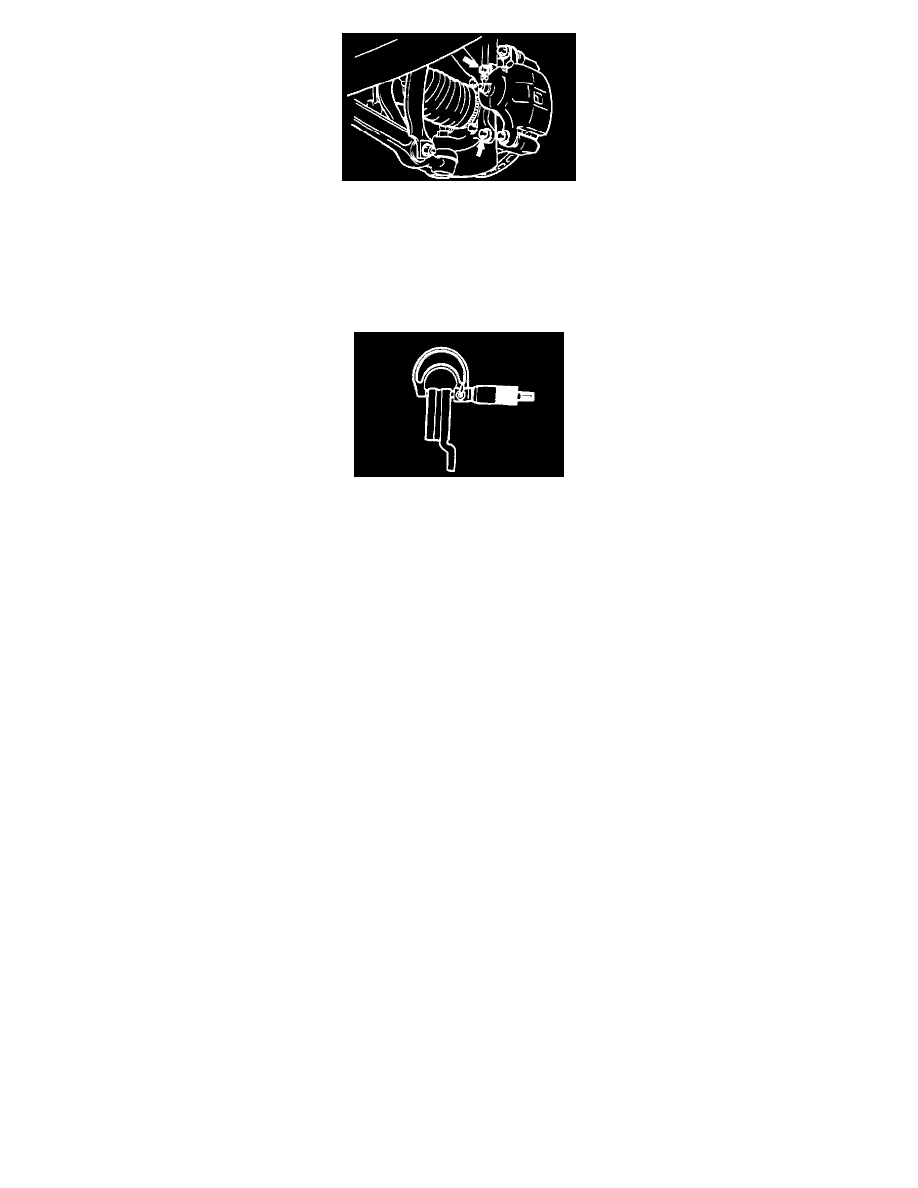Sonata GLS V6-2.5L (2000)

3. If the play does not exceed the limit specification, install the brake disc at a position 180° away from the chalk mark, and then check the
run-out of the brake disc once again.
2. If the run-out cannot be corrected by changing the phase of the brake disc, replace the brake disc or turn rotor with an on the car type brake lathe
("MAD, DL-8700PF" or equivalent). Be sure to follow the exact brake lathe manufacturer instructions. Rotors turned on the vehicle will often
have a lower run-out than a new brake disc.
FRONT BRAKE DISC THICKNESS CHECK
1. Using a micrometer, measure disc thickness at eight positions, approximately 450 apart and 10 mm (0.39 inch) in from the outer edge of the disc.
Brake disc thickness
Standard value: 24 mm (0.945 inch)
Limit: 22.4 mm (0.88 inch)
Thickness variation (at least 8 positions)
The difference between any thickness measurements should not be more than 0.015 mm (0.0006 inch).
2. If the disc is beyond the limits for thickness, remove it and install a new one. If thickness variation exceeds the specification, replace the brake disc
or turn rotor with an on the car type brake lathe ("MAD. DL-8700PF or equivalent). Be sure to follow the exact brake lathe manufacturer
instructions.
